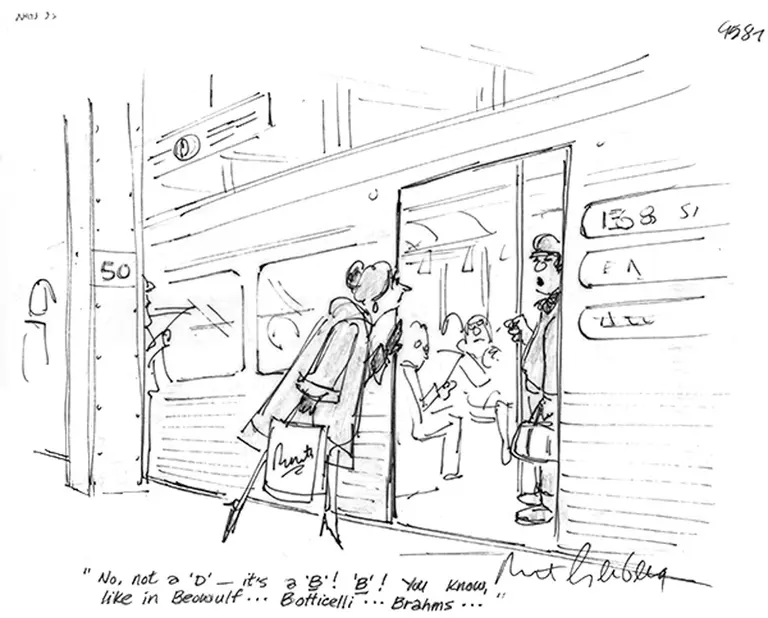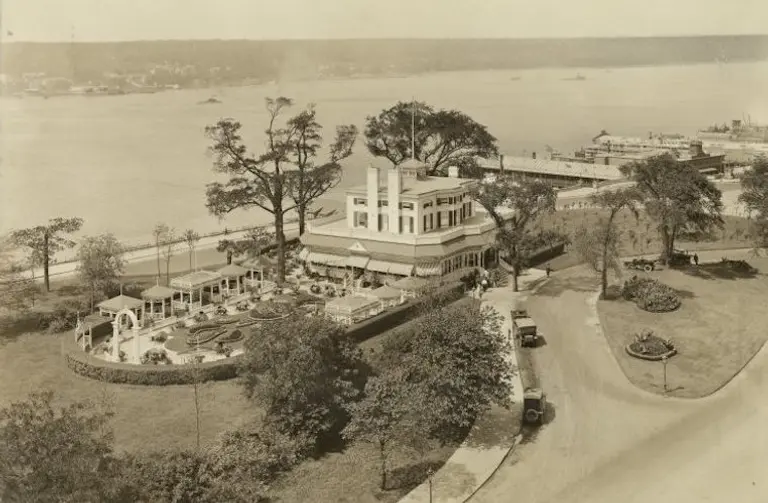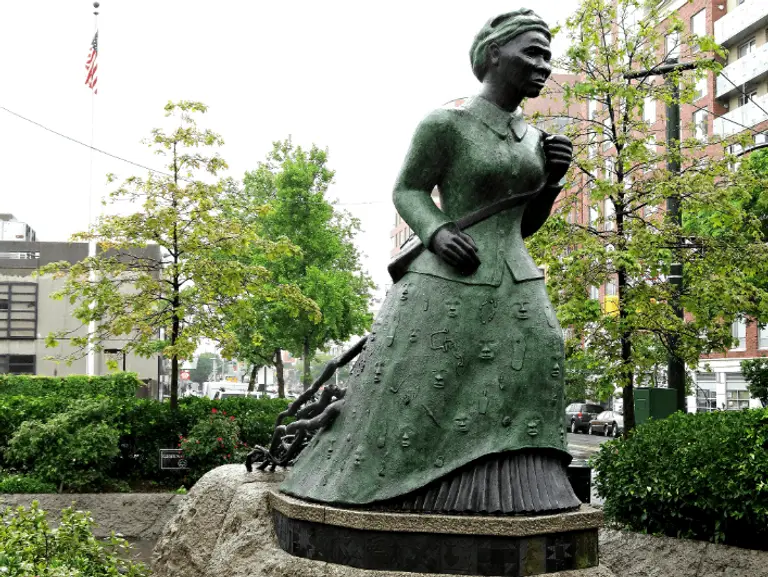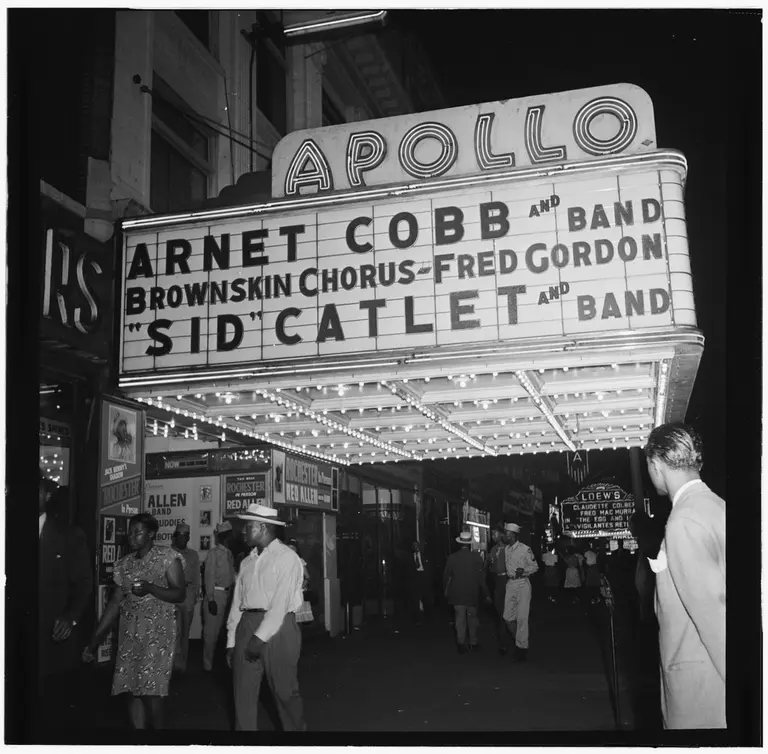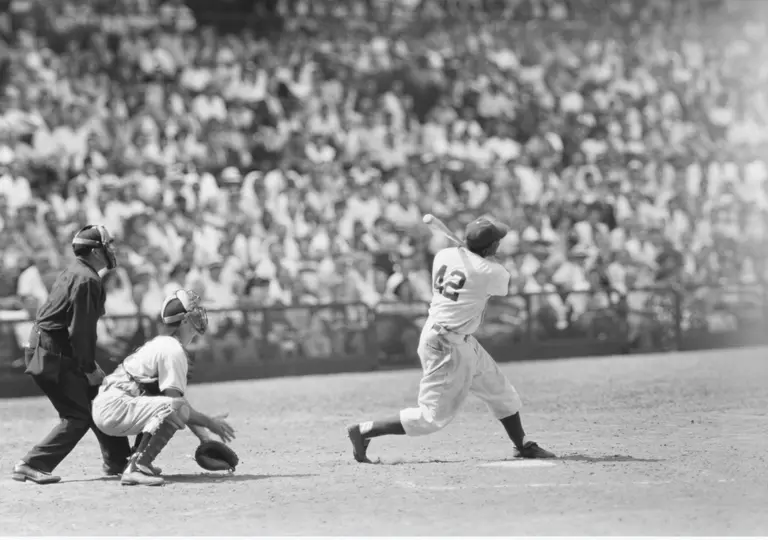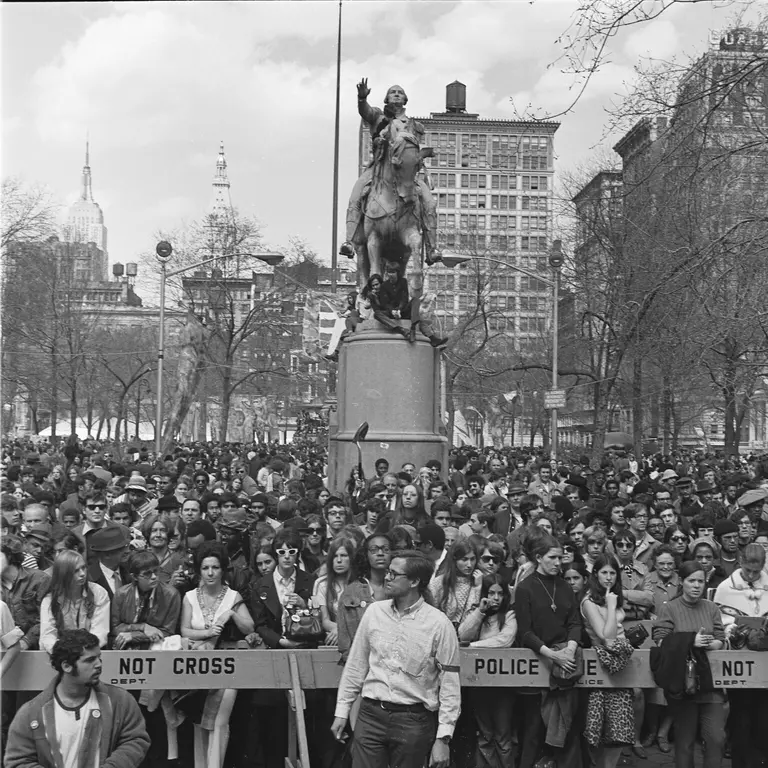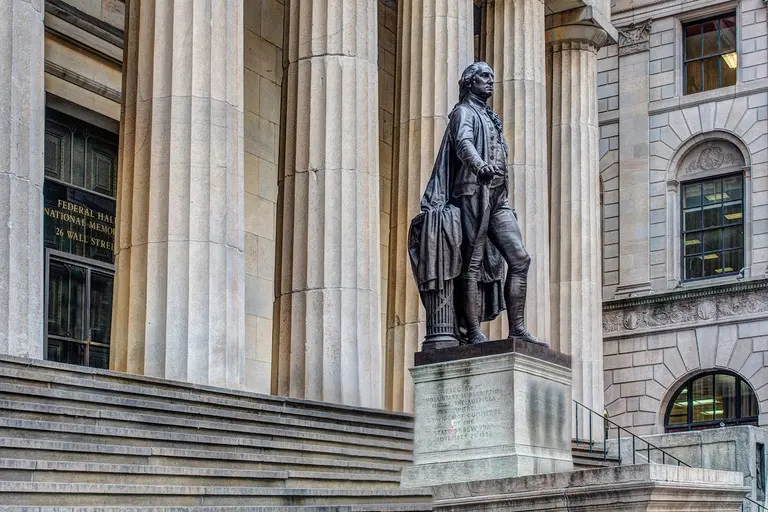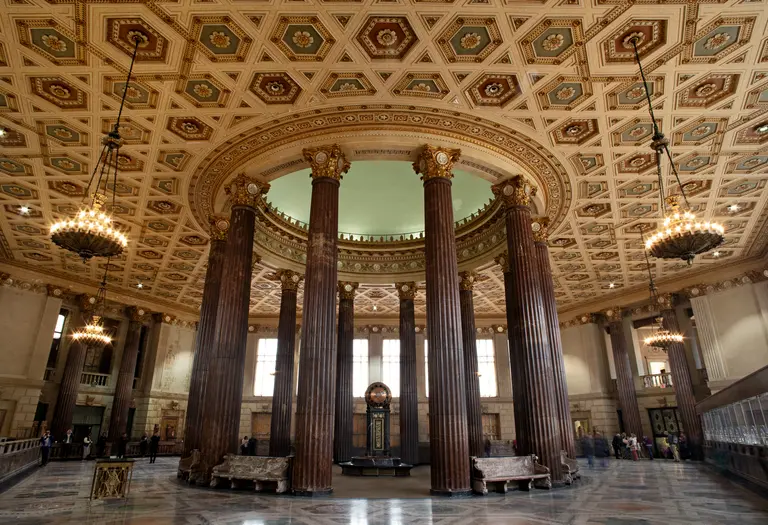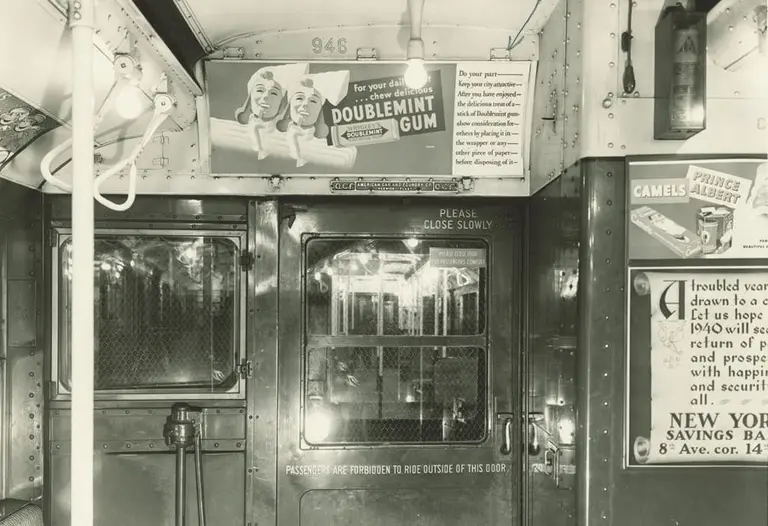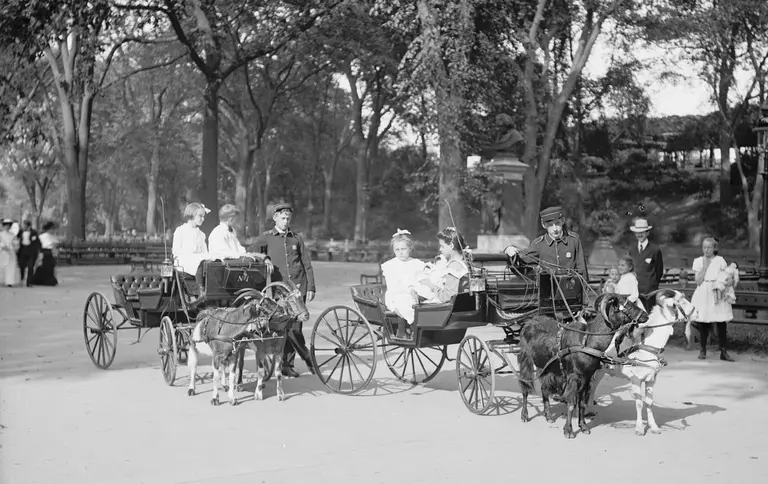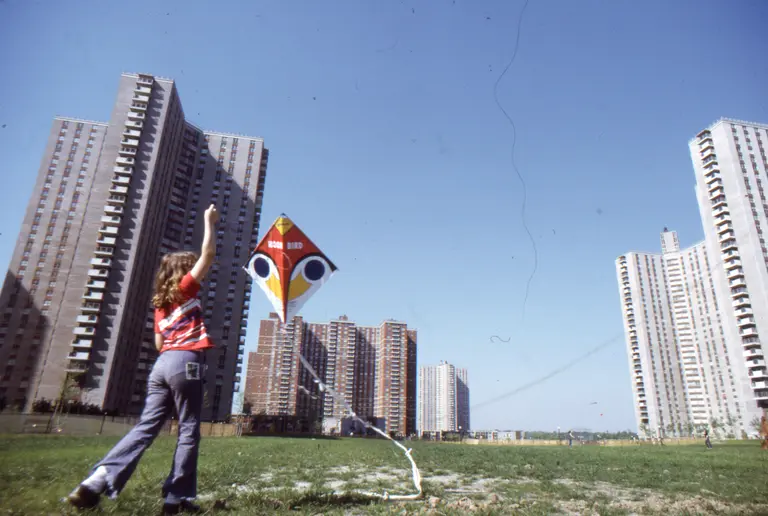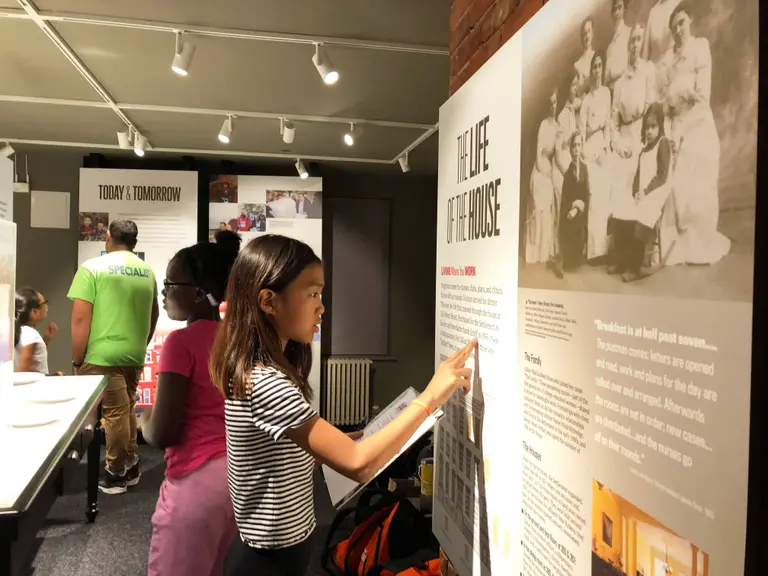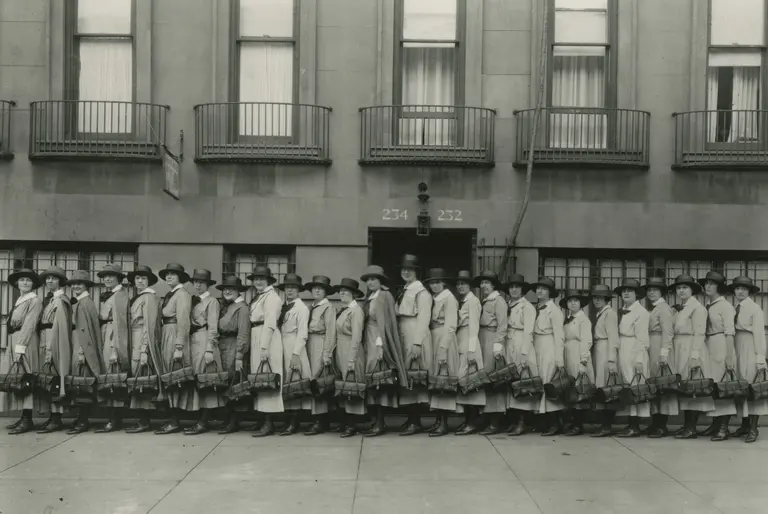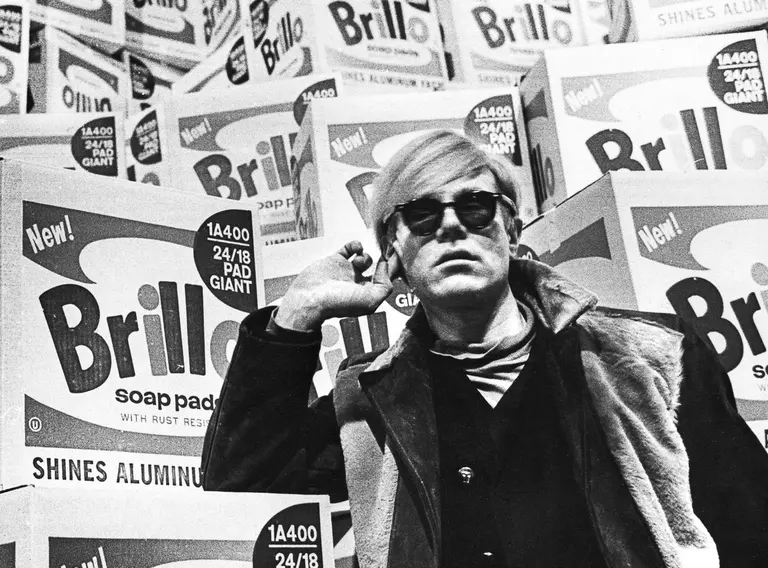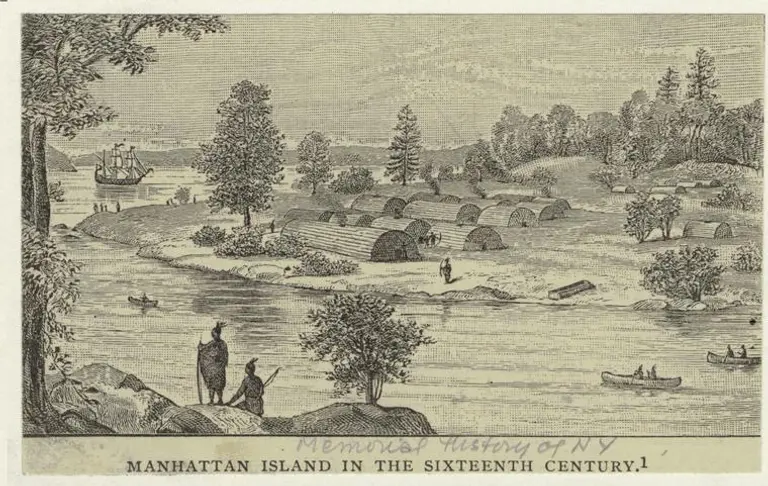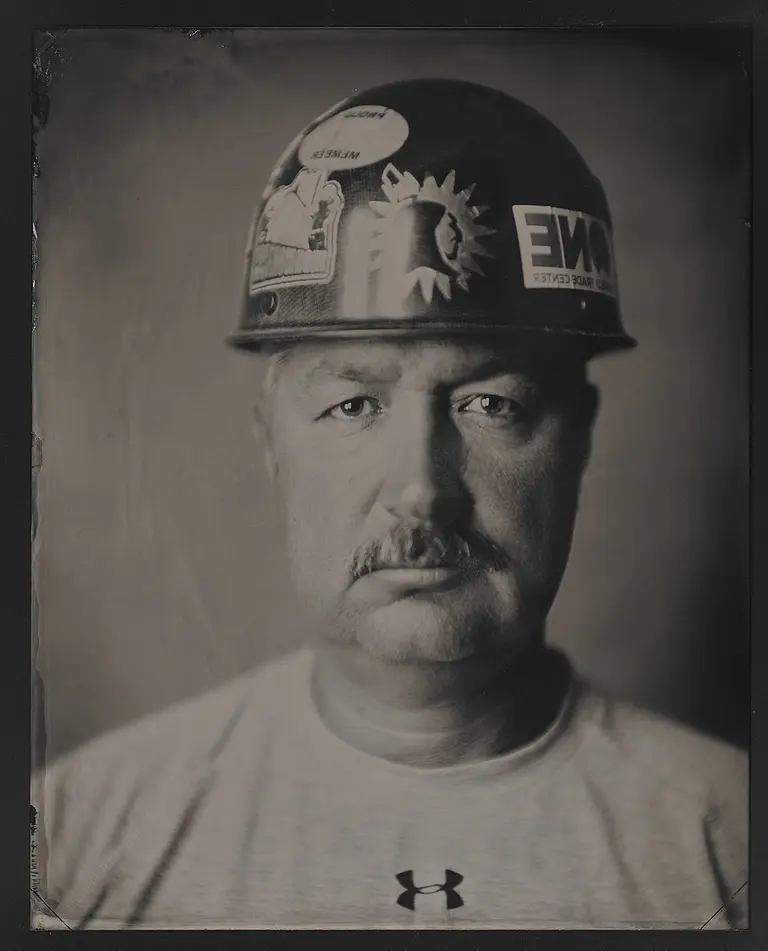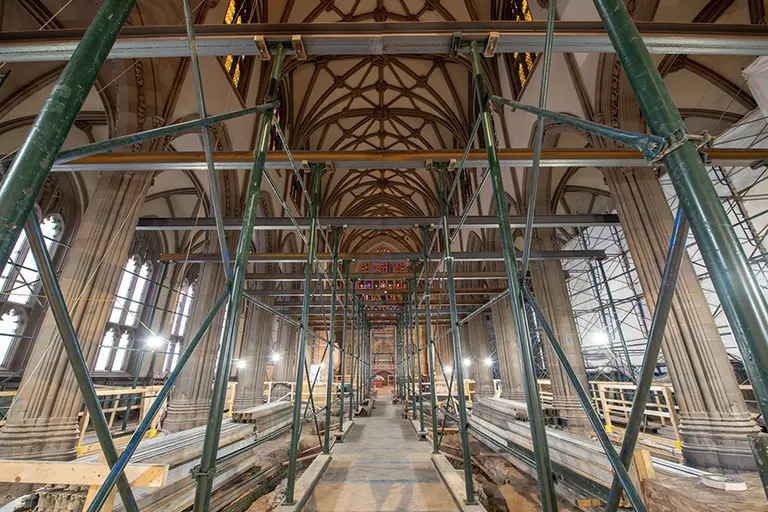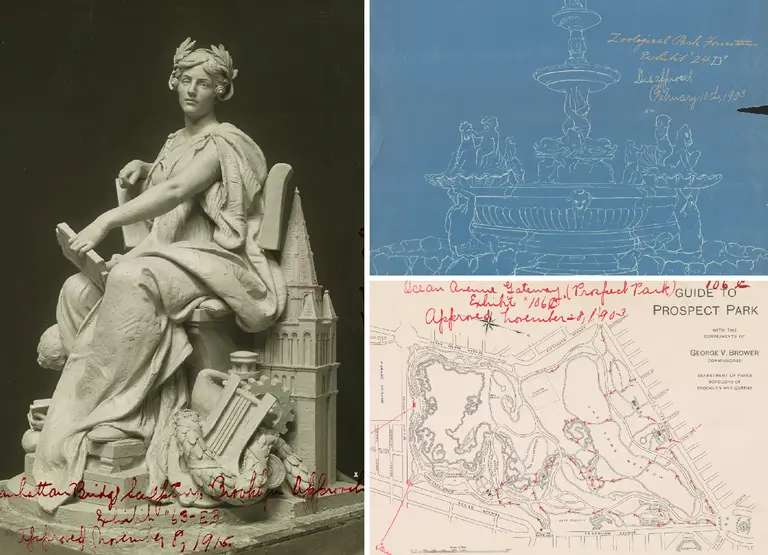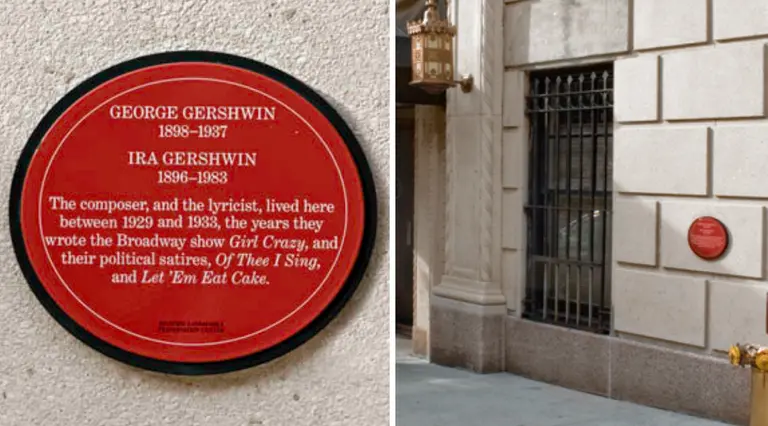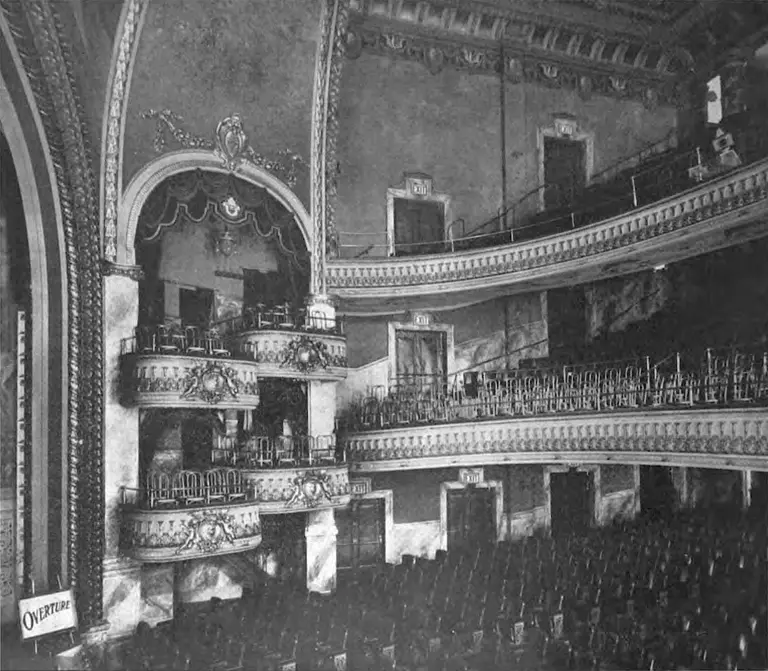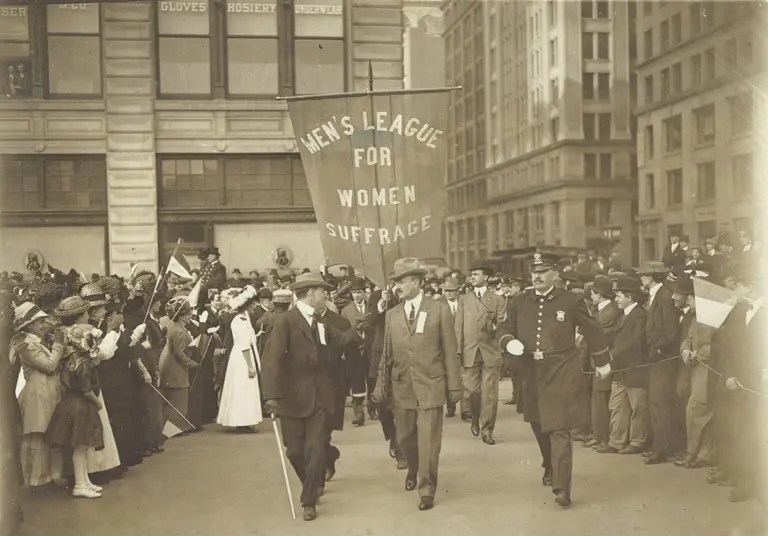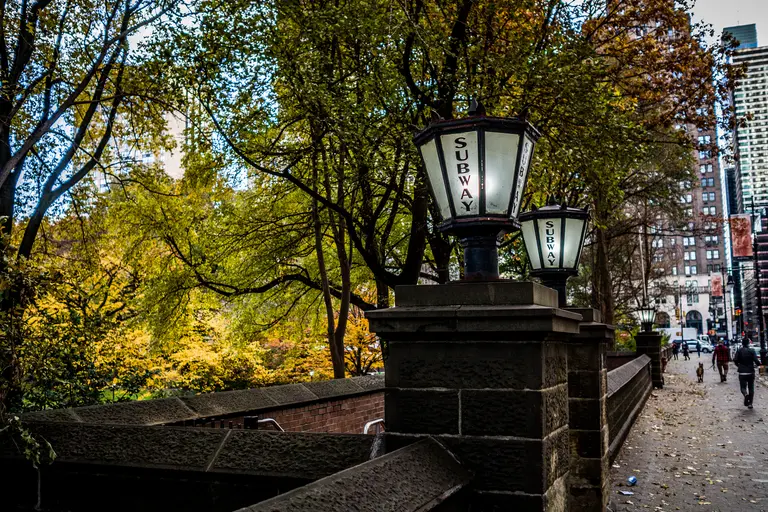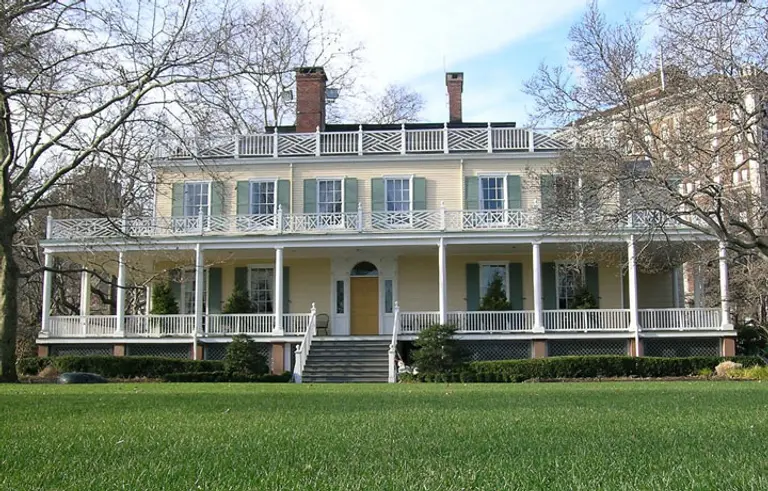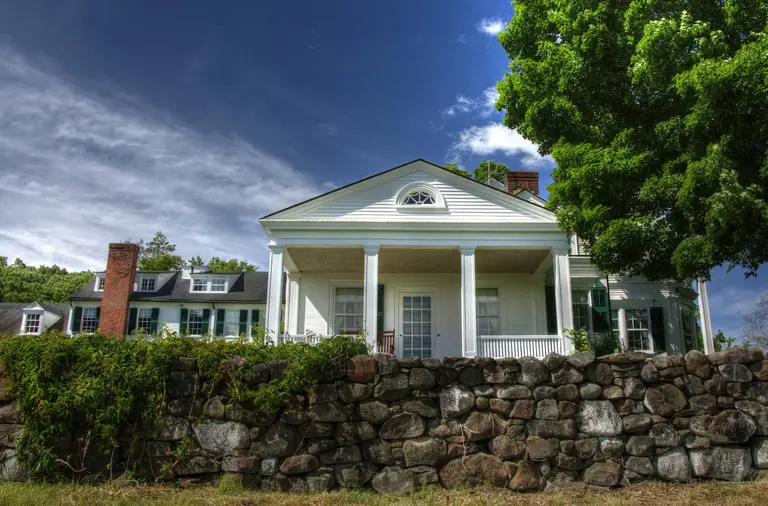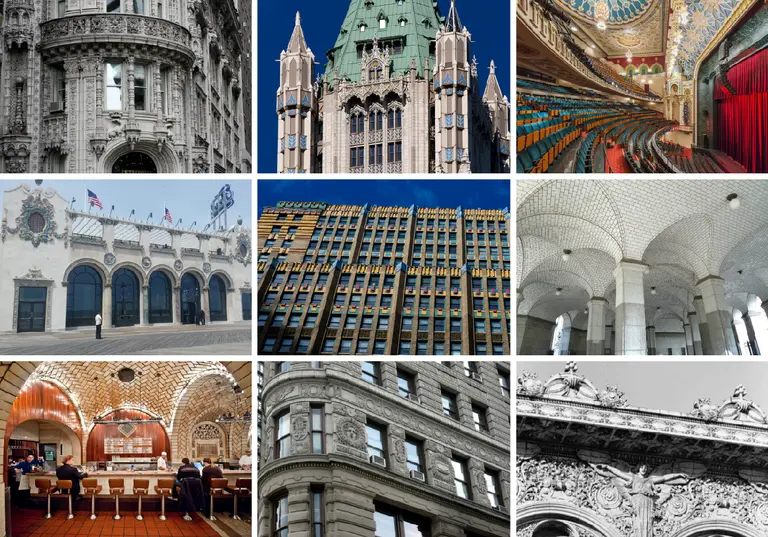January 24, 2019
On April 15, 1947, Jackie Robinson strode onto Ebbets Field, and into history, as the first African American Major League Baseball player. During his stellar 10-year career with the Brooklyn Dodgers, Robinson was the first player ever named Rookie of the Year. He became National League MVP 1949 and was named an All-Star every year from 1949-1954. After retiring from Baseball, Jackie Robinson remained a trailblazer. He became the first African American officer of a national corporation, as well as a Civil Rights leader, corresponding with politicians including Eisenhower, Kennedy, Johnson, and Nixon, urging each to support true equality for all Americans.
January 31, 2019, would have been Jackie Robinson’s 100th birthday. To mark the centennial, the Museum of the City of New York and the Jackie Robinson Foundation have collaborated on a new photography exhibit “In the Dugout With Jackie Robinson: An Intimate Portrait of a Baseball Legend.” The exhibit features unpublished photos of Robinson, originally shot for Look Magazine, and memorabilia related to Robinson’s career. The exhibit will open at MCNY on the 31st to kick off the Foundation’s yearlong Jackie Robinson Centennial Celebration, which culminates in the opening of the Jackie Robinson Museum in Lower Manhattan in December 2019. As part of the celebration, 6sqft is exploring the history of 10 spots around town where you can walk in the footsteps of an American hero.
Follow 42...
